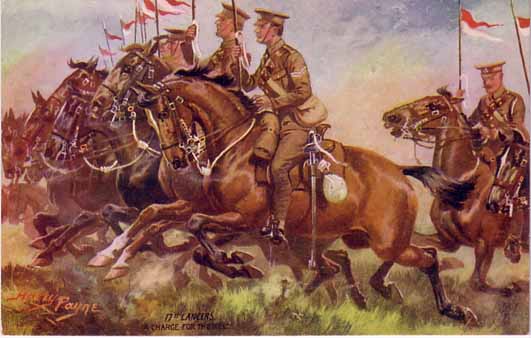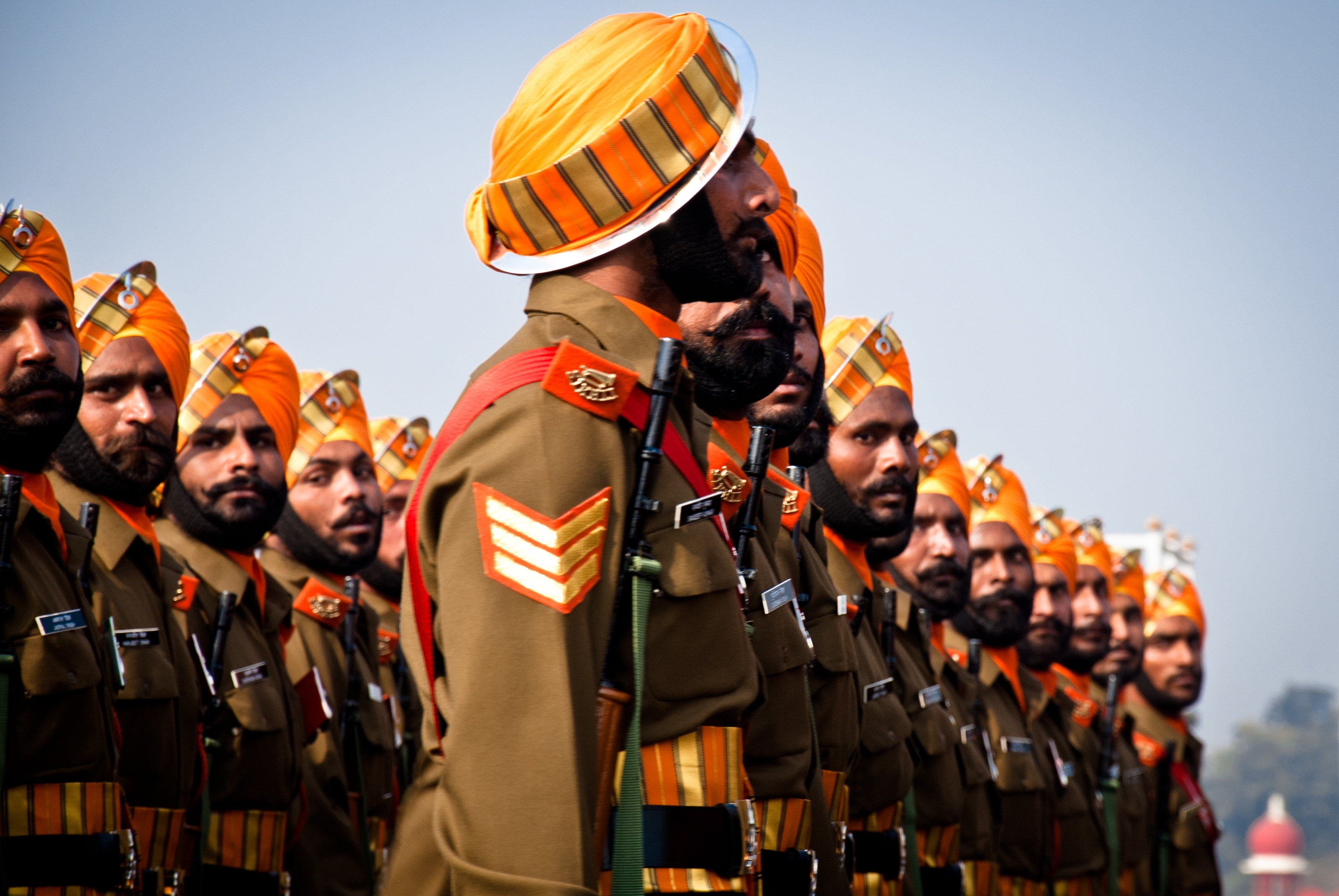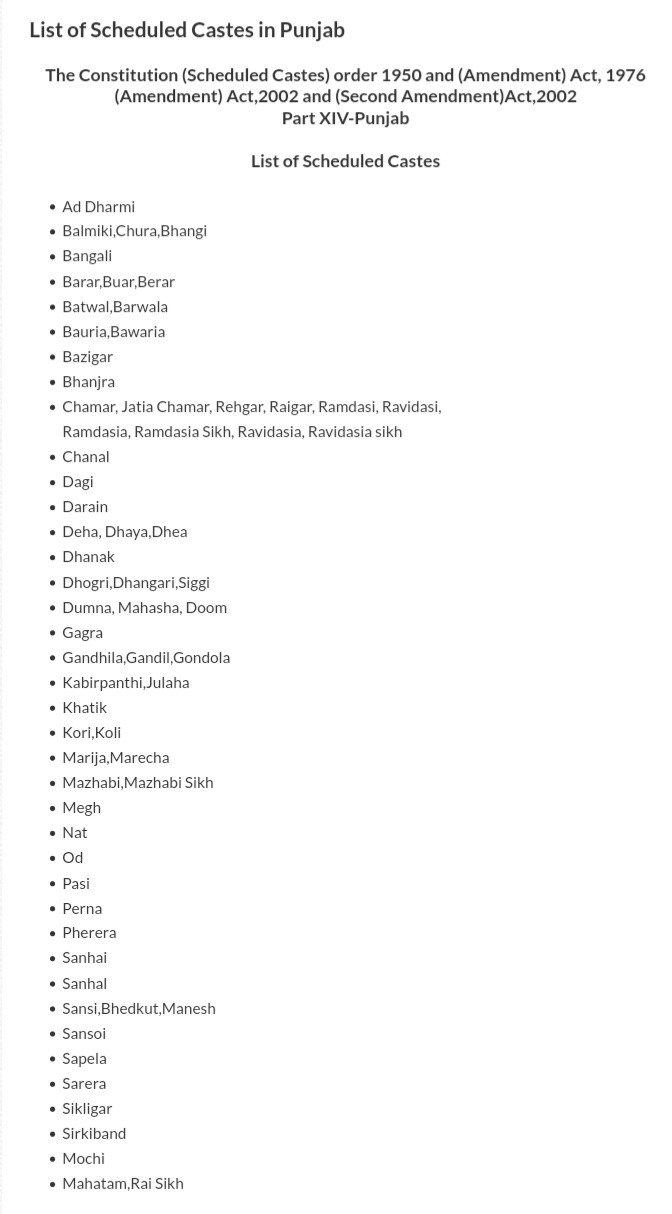|
32nd Sikh Pioneers
The 32nd Sikh Pioneers was a regiment of the Indian Army during British rule. The regiment was founded in 1857 as the ''Punjab Sappers (Pioneers)''. After a series of names changes, it became the ''32nd Punjab Pioneers'' in 1901 and the ''32nd Sikh Pioneers'' in 1903. To honour the visit of the Prince and Princess of Wales to Indian they took part in the Rawalpindi Parade 1905. In 1922, it united with 23rd Sikh Pioneers and 34th Sikh Pioneers, to form 2nd Bn, 3rd Sikh Pioneers. Their most celebrated feat of arms was the relief in 1895 of the besieged British garrison of Chitral, by a gruelling crossing of the snow-covered Shandur Pass. The regiment recruited the Mazhabi Sikhs and Ramdasia Sikhs Sikhs ( or ; pa, ਸਿੱਖ, ' ) are people who adhere to Sikhism (Sikhi), a monotheistic religion that originated in the late 15th century in the Punjab region of the Indian subcontinent, based on the revelation of Guru Nanak. The term ... of Punjab province. Despite bei ... [...More Info...] [...Related Items...] OR: [Wikipedia] [Google] [Baidu] |
Bengal Army
The Bengal Army was the army of the Bengal Presidency, one of the three presidencies of British India within the British Empire. The presidency armies, like the presidencies themselves, belonged to the East India Company (EIC) until the Government of India Act 1858 (passed in the aftermath of the Indian Rebellion of 1857) transferred all three presidencies to the direct authority of the British Crown. In 1895 all three presidency armies were merged into the Indian Army. History Origins The Bengal Army originated with the establishment of a European Regiment in 1756. While the East India Company had previously maintained a small force of Dutch and Eurasian mercenaries in Bengal, this was destroyed when Calcutta was captured by the Nawab of Bengal on 30 June that year. Under East India Company In 1757 the first locally recruited unit of Bengal sepoys was created in the form of the ''Lal Paltan'' battalion. It was recruited from soldiers that had served in the Nawab's Army ... [...More Info...] [...Related Items...] OR: [Wikipedia] [Google] [Baidu] |
2nd (Sialkot) Cavalry Brigade
The Sialkot Cavalry Brigade was a cavalry brigade of the British Indian Army formed in 1904 as a result of the Kitchener Reforms. It was mobilized as 2nd (Sialkot) Cavalry Brigade at the outbreak of the First World War as part of the 1st Indian Cavalry Division and departed for France. It served on the Western Front with the division until it was broken up in March 1918. The brigade was reformed in June 1920 and broken up in January 1940. History The Kitchener Reforms, carried out during Lord Kitchener's tenure as Commander-in-Chief, India (1902–09), completed the unification of the three former Presidency armies, the Punjab Frontier Force, the Hyderabad Contingent and other local forces into one Indian Army. Kitchener identified the Indian Army's main task as the defence of the North-West Frontier against foreign aggression (particularly Russian expansion into Afghanistan) with internal security relegated to a secondary role. The Army was organized into divisions a ... [...More Info...] [...Related Items...] OR: [Wikipedia] [Google] [Baidu] |
Mazhabi
Mazhabi Sikh (also known as Mazbhabi, Mazbhi, Majhabhi or Majabhi) is a community from Northern India, especially Punjab region, who follow Sikhism. The word ''Mazhabi'' is derived from the Arabic term ''mazhab'' (Mazhab means religion or sect), and can be translated as ''the faithful''. They live mainly in Indian Punjab, Rajasthan and Haryana. Origins When Guru Tegh Bahadur, the ninth Sikh guru, was martyred by the Mughals in Delhi, Rangreta community member recovered his dismembered body from a Muslim crowd and brought it back to his son, Guru Gobind Singh. His name was Bhai Jaita Ji. In recognition of their act, he admitted the untouchables into the Khalsa (the Sikh faith), giving them the name ''Mazhabi'' ("faithful"). Divisions Within the present-day Mazhabi community, one group calls itself the Ranghreta and claims a higher status on the grounds that one of their ancestors was Bhai Jaita Ranghreta, who carried the head of Tegh Bahadur from Delhi to Guru Gobind Singh i ... [...More Info...] [...Related Items...] OR: [Wikipedia] [Google] [Baidu] |
Ramdasia
The Ramdasia were historically a Sikh Hindu sub-group that originated from the caste of leather tanners and shoemakers known as Chamar Terminology Ramdasia is a term used in general for Sikhs whose ancestors belonged to Chamar caste. Originally they are followers of Guru Ravidass who belongs to Chamar community. Both the words Ramdasia and Ravidasia are also used inter changeably while these also have regional context. In Puadh and Malwa, largely Ramdasia in used while Ravidasia is predominantly used in Doaba. Ramdasia Sikhs are enlisted as scheduled caste by Department of Social justice, Empowerment and Minorities- Government of Punjab. On Department's list of Scheduled Caste, this caste is listed on serial number 9 along with other Chamar caste synonymous such as Ravidasia, Jatav and so on. Military service British Raj During World War I the single-battalion regiments of the Mazhabi and Ramdasia Sikh Pioneers – the 23rd, 32nd and 34th Pioneer Regiments – were ... [...More Info...] [...Related Items...] OR: [Wikipedia] [Google] [Baidu] |
Sikh
Sikhs ( or ; pa, ਸਿੱਖ, ' ) are people who adhere to Sikhism, Sikhism (Sikhi), a Monotheism, monotheistic religion that originated in the late 15th century in the Punjab region of the Indian subcontinent, based on the revelation of Guru Nanak. The term ''Sikh'' has its origin in the word ' (), meaning 'disciple' or 'student'. Male Sikhs generally have ''Singh'' ('lion'/'tiger') as their last name, though not all Singhs are necessarily Sikhs; likewise, female Sikhs have ''Kaur'' ('princess') as their last name. These unique last names were given by the Gurus to allow Sikhs to stand out and also as an act of defiance to India's caste system, which the Gurus were always against. Sikhs strongly believe in the idea of "Sarbat Da Bhala" - "Welfare of all" and are often seen on the frontline to provide humanitarian aid across the world. Sikhs who have undergone the ''Amrit Sanchar'' ('baptism by Khanda (Sikh symbol), Khanda'), an initiation ceremony, are from the day of thei ... [...More Info...] [...Related Items...] OR: [Wikipedia] [Google] [Baidu] |
British Indian Army
The British Indian Army, commonly referred to as the Indian Army, was the main military of the British Raj before its dissolution in 1947. It was responsible for the defence of the British Indian Empire, including the princely states, which could also have their own armies. As quoted in the Imperial Gazetteer of India, "The British Government has undertaken to protect the dominions of the Native princes from invasion and even from rebellion within: its army is organized for the defence not merely of British India, but of all possessions under the suzerainty of the King-Emperor." The Indian Army was an important part of the British Empire's forces, both in India and abroad, particularly during the First World War and the Second World War. The term ''Indian Army'' appears to have been first used informally, as a collective description of the Presidency armies, which collectively comprised the Bengal Army, the Madras Army and the Bombay Army, of the Presidencies of British India ... [...More Info...] [...Related Items...] OR: [Wikipedia] [Google] [Baidu] |
Rawalpindi Parade 1905
The Rawalpindi Parade 1905 was a parade by the British Indian Army held in Rawalpindi, India on 8 December 1905 to honour the Prince and Princess of Wales. The troops were under the Command of Horatio Herbert, Viscount Kitchener of Khartoum, G.C.B., O.M., G.C.M.G., Commander-in-Chief India. The Royal party arrived at the parade ground escorted by a Field Officer's escort of 1st Skinner's Horse. They then received a Royal salute and inspected the troops, accompanied by the Commander-in-chief. On conclusion of the inspection, the troops on parade marched past in the following order. Order of the march past *Viscount Kitchener of Khartoum, Commander-in-Chief India *Major General Douglas Haig, Inspector-General of Cavalry in India *1st (Peshawar) Infantry Brigade - Major General C. H. Des Voeux *Royal Horse Artillery ** F Battery ** I Battery ** J Battery ** T Battery *1st Cavalry Brigade - Brigadier General Robert Bellew Adams V.C. **22nd Sam Browne's Cavalry ** 23rd Cavalry ** Qu ... [...More Info...] [...Related Items...] OR: [Wikipedia] [Google] [Baidu] |
23rd Sikh Pioneers
The 23rd Sikh Pioneers were a regiment of the British Indian Army. They could trace their origins to 1857, when they were known as the 15th (Pioneer) Regiment of Punjab Infantry. The regiment recruited the Mazhabi Sikhs and Ramdasia Sikhs of Punjab province. Despite being Pioneers by name, the regiment was specially trained as Assault Pioneers. Brief History They took part in the Battle of Taku Forts (1858), the Battle of Taku Forts (1860) and the Battle of Palikao in the Second Opium War. This was followed by the 1868 Expedition to Abyssinia a punitive expedition carried out by the armed forces of the British Empire against the Ethiopian Empire and Emperor Tewodros II of Ethiopia. They next took part in the Battle of Peiwar Kotal, the Battle of Charasiab in the Second Afghan War in 1878. In 1903, they took part in the British expedition to Tibet an invasion of Tibet by British Indian forces, seeking to prevent the Russian Empire from interfering in Tibetan affairs. After Wor ... [...More Info...] [...Related Items...] OR: [Wikipedia] [Google] [Baidu] |
34th Sikh Pioneers
The 34th Royal Sikh Pioneers was an infantry regiment of the British Indian Army. They could trace their origins to 1857, when they were raised as the Punjab Sappers. The regiment recruited the Mazhabi Sikhs and Ramdasia Sikhs of Punjab province. Despite being Pioneers by name, the regiment was specially trained as Assault Pioneers. Brief History The regiment took part in the Siege of Delhi, the Siege of Lucknow and the Capture of Lucknow during the Indian Rebellion of 1857. They were next in action during the Second Afghan War in 1878 and the Relief of Chitral in 1897. To honour the visit of the Prince and Princess of Wales to Indian they took part in the Rawalpindi Parade 1905. During World War I they were part of the 3rd (Lahore) Division and served on the Western Front, in the Mesopotamia Campaign and in the Sinai and Palestine Campaign. After World War I the Indian government reformed the army moving from single battalion regiments to multi battalion regiments. ... [...More Info...] [...Related Items...] OR: [Wikipedia] [Google] [Baidu] |
3rd Sikh Pioneers
The 3rd Sikh Pioneers was a regiment of the British Indian Army formed in 1922, when the Indian army moved from single battalion regiments to multi-battalion regiments. The 3rd Sikh Pioneers were one of four Pioneer units in the 1922 reorganisation, including the 1st Madras Pioneers, 2nd Bombay Pioneers, and 4th Hazara Pioneers. Brief history The 3rd Sikh Pioneers was formed with the merging of its three sister regiments of the Sikh Pioneers; the 23rd Sikh Pioneers, 32nd Sikh Pioneers The 32nd Sikh Pioneers was a regiment of the Indian Army during British rule. The regiment was founded in 1857 as the ''Punjab Sappers (Pioneers)''. After a series of names changes, it became the ''32nd Punjab Pioneers'' in 1901 and the ''32nd Si ... and the 34th Royal Sikh Pioneers in 1921. In 1929 the 3rd Sikh Pioneers was renamed the ''Corps of Sikh Pioneers.'' References {{mil-unit-stub British Indian Army infantry regiments Indian Sikhs Military units and formations established in 1 ... [...More Info...] [...Related Items...] OR: [Wikipedia] [Google] [Baidu] |
Sikhs
Sikhs ( or ; pa, ਸਿੱਖ, ' ) are people who adhere to Sikhism (Sikhi), a monotheistic religion that originated in the late 15th century in the Punjab region of the Indian subcontinent, based on the revelation of Guru Nanak. The term ''Sikh'' has its origin in the word ' (), meaning 'disciple' or 'student'. Male Sikhs generally have ''Singh'' ('lion'/'tiger') as their last name, though not all Singhs are necessarily Sikhs; likewise, female Sikhs have ''Kaur'' ('princess') as their last name. These unique last names were given by the Gurus to allow Sikhs to stand out and also as an act of defiance to India's caste system, which the Gurus were always against. Sikhs strongly believe in the idea of "Sarbat Da Bhala" - "Welfare of all" and are often seen on the frontline to provide humanitarian aid across the world. Sikhs who have undergone the ''Amrit Sanchar'' ('baptism by Khanda'), an initiation ceremony, are from the day of their initiation known as Khalsa, and they m ... [...More Info...] [...Related Items...] OR: [Wikipedia] [Google] [Baidu] |
.jpg)






